I learned very quickly on arriving in Medellín – day two, in fact – that Paisas generally do not like the name Pablo Escobar to be spoken. And many of them get angry when they hear foreigners want to go on a Pablo Escobar Tour.
Many don’t like the idea of tour companies offering Pablo Escobar Tours glorifying Escobar. This is a local perspective that I tried to appreciate and understand.
Yet, when my friends decided to book a Pablo Escobar Tour and wanted to know if I wanted to come along, I was torn.
Out of respect for the locals I didn’t feel it was right to go. I understood that this part of Medellín’s history was still too recent to be explored and gawked at by foreigners.
Yet, my morbid curiosity about this man, whose name for so long was synonymous with Medellín, was compelling me to do it anyway.
And I did.
And here’s why I took a Pablo Escobar Tour, and why I think you shouldn’t, and some alternative excursions you can go on to learn about Escobar’s part in Medellín’s history instead.
Note the above photo a view of Medellín from La Catedral, Pablo Escobar’s prison during the early 1990’s.
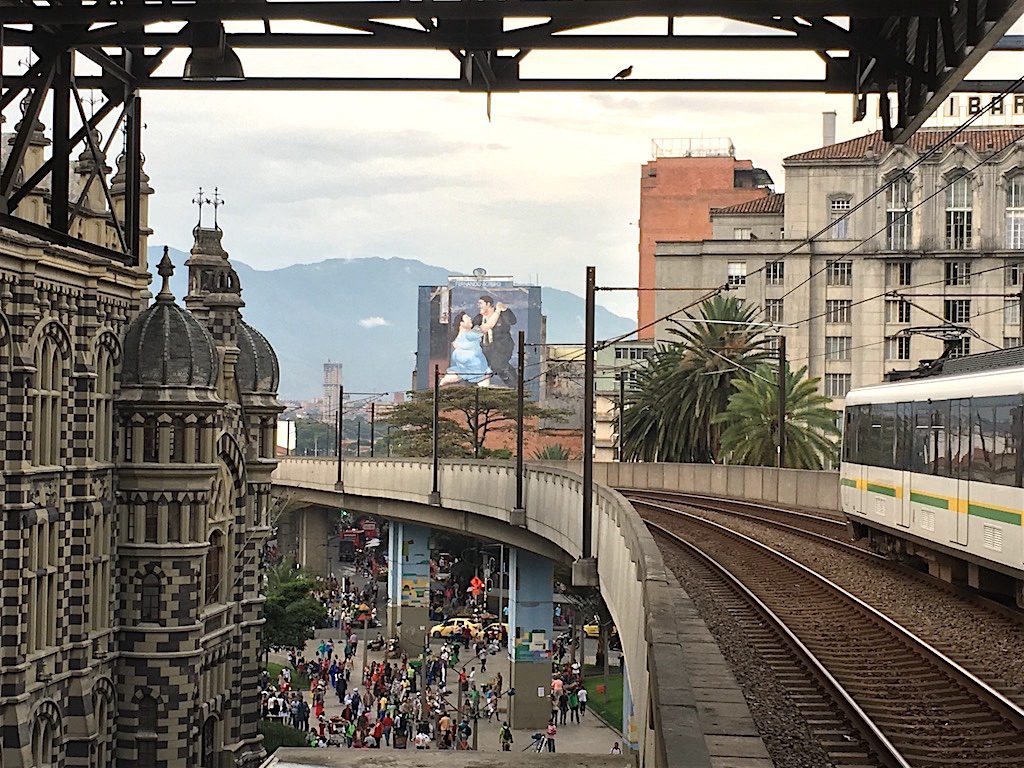
A view of El Centro today from Medellín’s celebrated metro system
For a Better Understanding
I’ll admit to sometimes being a typical ignorant American from the U.S. Well at least where world affairs are concerned. I wasn’t interested in foreign news growing up. I was only concerned with my little corner of the world. World history bored me.
So, what I knew of Colombia and Medellín, before arriving in the country, was minimal. All I could say for certain was that Colombia was – and to some degree still is – considered by many Americans one of the most dangerous countries in the world to visit.
I also knew that Colombia has an extensive history of cocaine trafficking. And that Medellín used to be the murder capital of the world. Not really great headlines for the tourist board.
However, I also knew that some close friends had recently travelled through the country and thought it was a beautiful place with kind people. And my favorite adventure travel company – G Adventures – recently started offering tours through the country.
Pretty limited, right?
Then when I arrived, I started watching the infamous ‘Narcos’ series. To be honest, I hadn’t even heard about the series until eight months prior, when I guy I was dating mentioned I must watch it if I was considering traveling through Colombia.
He was a Captain in the U.S. Army Special Forces, and he literally begged me not to visit as from his intel knowledge it was too dangerous.
So, this all I knew about Medellín and Colombia. A very skewed view portrayed by a hyped/paranoid American media, a sensationalized television series, and a paranoid U.S. Army Special Forces Captain boyfriend.
I wanted to understand the history. I wanted to hear about this unfortunate period of Colombia and Medellín’s past from a local perspective well-immersed in the city.
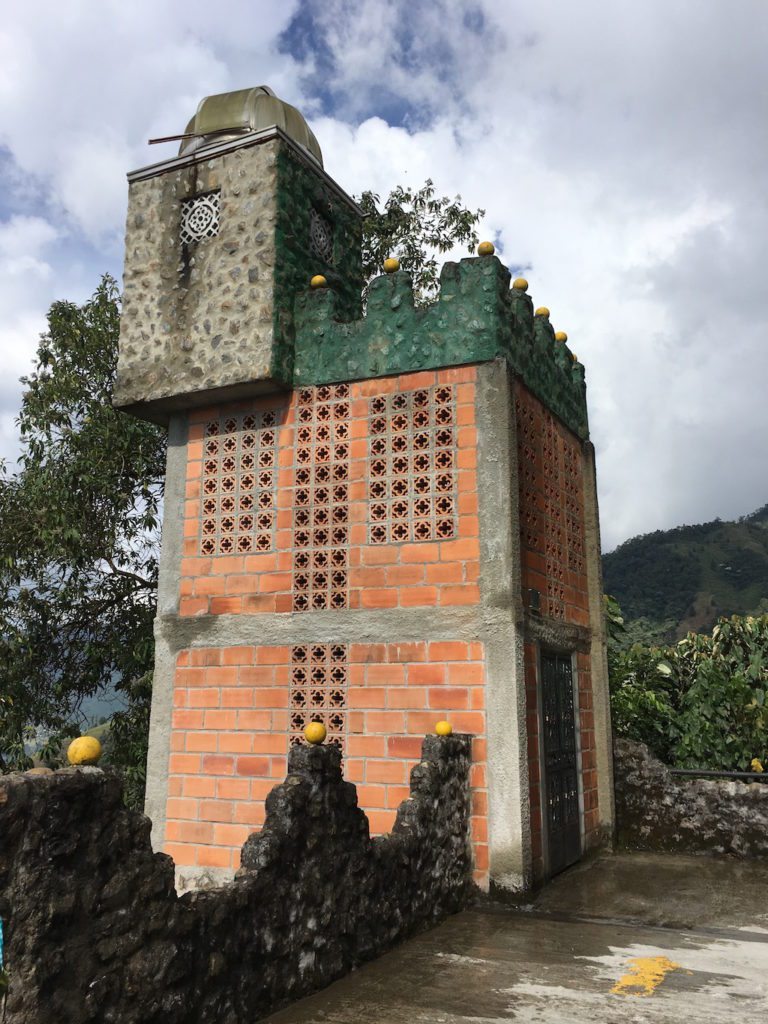
A watchtower at Escobar’s prison La Catedral
Pablo Escobar Tours Exist Because of a Morbid Curiosity
I won’t lie. The popular Narcos series heightened my intrigue even more about Pablo Escobar. How could one man wield such control over a city, the country, the world even and cause such destruction?
I wanted to see the prison he built – La Catedral. I wanted to look at his grave. I wanted to see the roof where he was shot and killed. I wanted to see his residence near Envigado.
I was like a sponge to spilled water, effortlessly intrigued to soak up more knowledge about this man and this period of Colombia’s history.
But don’t take that as a negative thing. It was a morbid curiosity born out of a desire to learn the real history of what happened and not just some exaggerated, half-truth of a TV drama I’d been watching.
I also needed to experience these places so I could feel what happened. I’m a visual person, so I need to see things to truly understand and begin to empathize.
For me, seeing these places was no different than visiting the Killing Fields in Cambodia or Auschwitz in Poland.
You can read all the history books, but you can’t really comprehend the magnitude of the atrocity unless you physically see the places where the incidents took place. Standing on the same ground. Touching the same walls. Only then do you get a sense of realness.
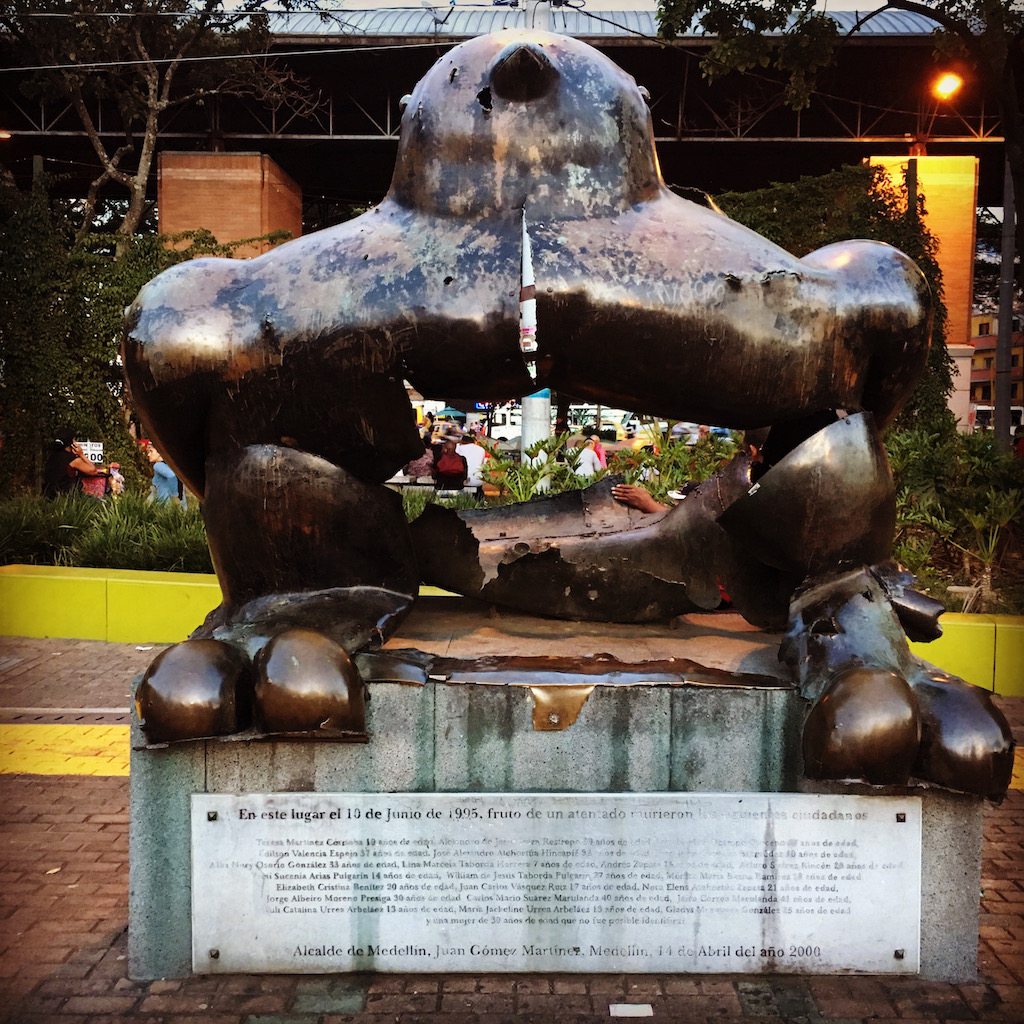
A Botero sculpture that was destroyed by a bomb in the center of Medellín during the crisis remains to remind us of the past
Sharing the History and Explaining the Now
An important duty of any traveler is to gather knowledge about the places they visit and to distill any stereotypes once they return home.
But you can’t understand a culture and its people unless you understand its history.
When you understand that nearly every person living in Medellín was affected in some way during the painful period of the 80s and 90s, you get a better understanding for the current level of friendliness and happiness and celebration of life that the people of this beautiful city exhibit.
Like any of us, our past shapes who we are today. And knowing this past helps us understand.
But more than that you need to know that history so that you can argue intelligently about it. As I said at the start, many Americans still perceive Colombia as a dangerous place that shouldn’t be visited.
As a traveler part of our responsibility is to go back home and distill these myths. We need to be able to explain that yes, Colombia had a dark period, not unlike many countries. We need to be able to discuss in detail that history.
But we also can tell people about the Colombia of today. How the city of Medellín boasts a world-class public transportation system that includes both a metro and cable cars.
How some of the most previously dangerous parts of the city now are adorned with vibrant street-art and locals that greet you with a smile when you visit.
So, I understand that many foreigners probably will want to go on this tour for the same reasons as me. So, what do you actually see on a tour? What will you learn?
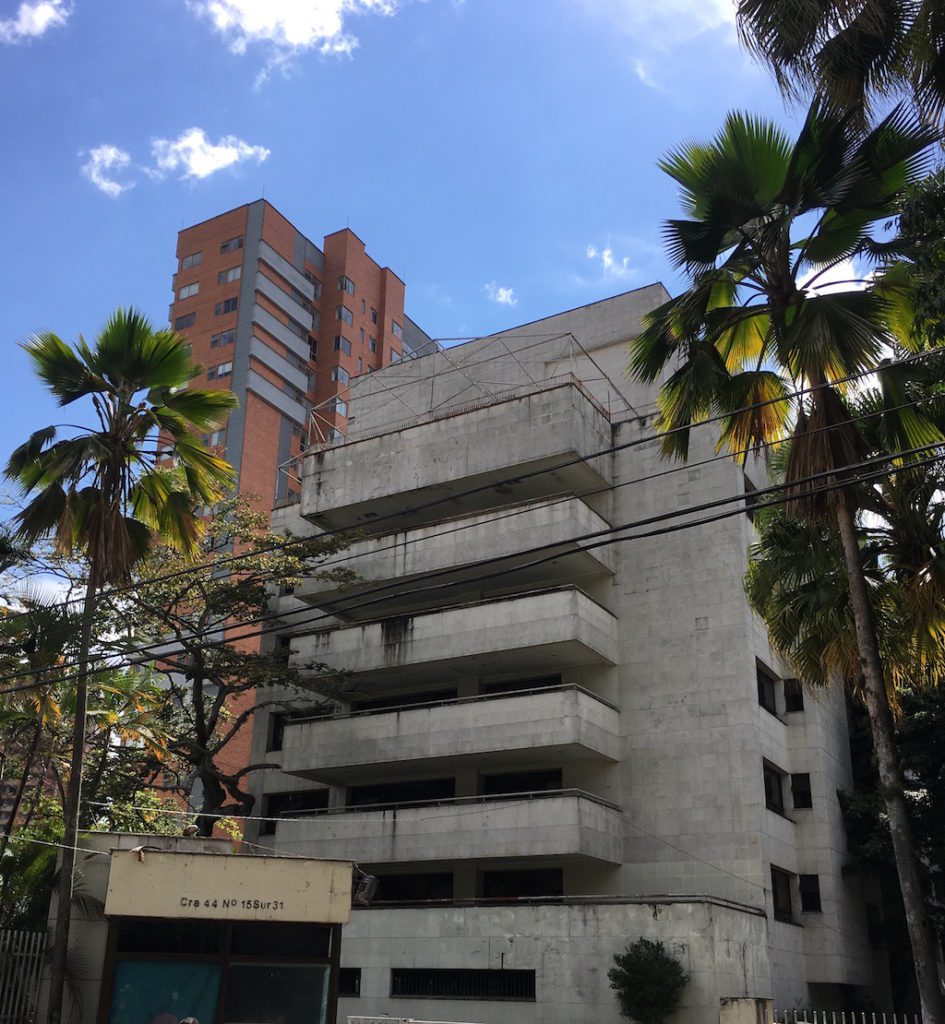
Called the Monaco Building, this is Pablo Escobar’s former residence near Envigado, but this building was demolished on February 22, 2019
Pablo Escobar Tour: Escobar’s Residence near Envigado
Due to the popularity of the Narcos series, demand from foreign tourists has resulted in several Pablo Escobar tours being offered in Medellín:
- Medellin City Tours Pablo Escobar Tour – 3 hours for $55 USD
- Paisa Road Pablo Escobar Tour – 3.5 hours for 60,000 pesos
- Pablo Escobar Tour – 4 hours for $50 USD to 5 days for $750 USD
- Black Diamond Pablo Escobar Tour – 3 to 4 hours for $65 USD
- Medellín City Services Pablo Escobar Tour – $55 USD
- Viatour half-day Pablo Escobar Tour – 3 to 5 hours for $59 USD
All of these Pablo Escobar tours stop at a number of Pablo Escobar related sites.
Our group of four hired a private Escobar Tour driver that showed us several key locations related to Pablo Escobar’s life in and around Medellín.
A Popular Pablo Escobar Tour Stop: Monaco Building is Demolished
The first stop that we made was at one of Pablo Escobar’s residences in Medellín near Envigado. The building was just a derelict, seven-story, concrete facade. We were not allowed to go inside.
Outside on the security fence was a notice from the Ministry of Defense and the National Police stating that as of 23 December 2008, the building – called the Monaco Building – was owned by the National Police.
This cement fortress really wasn’t much to look at, but our guide told us that during its use by Escobar, it including a swimming pool, tennis court, and an extensive car collection in the garage.
The tour included additional commentary about how the Monaco Building was lavishly decorated inside and about how it was looted after Escobar went into hiding. But this building was later demolished in 2019.
On February 22, 2019, the Monaco Building was demolished by Colombian authorities in a televised blast seen in the above video. This erased a symbol of Medellín’s past that many have tried to forget. In its place, the city is planning to build a memorial park to honor the victims of his drug cartel’s crimes.
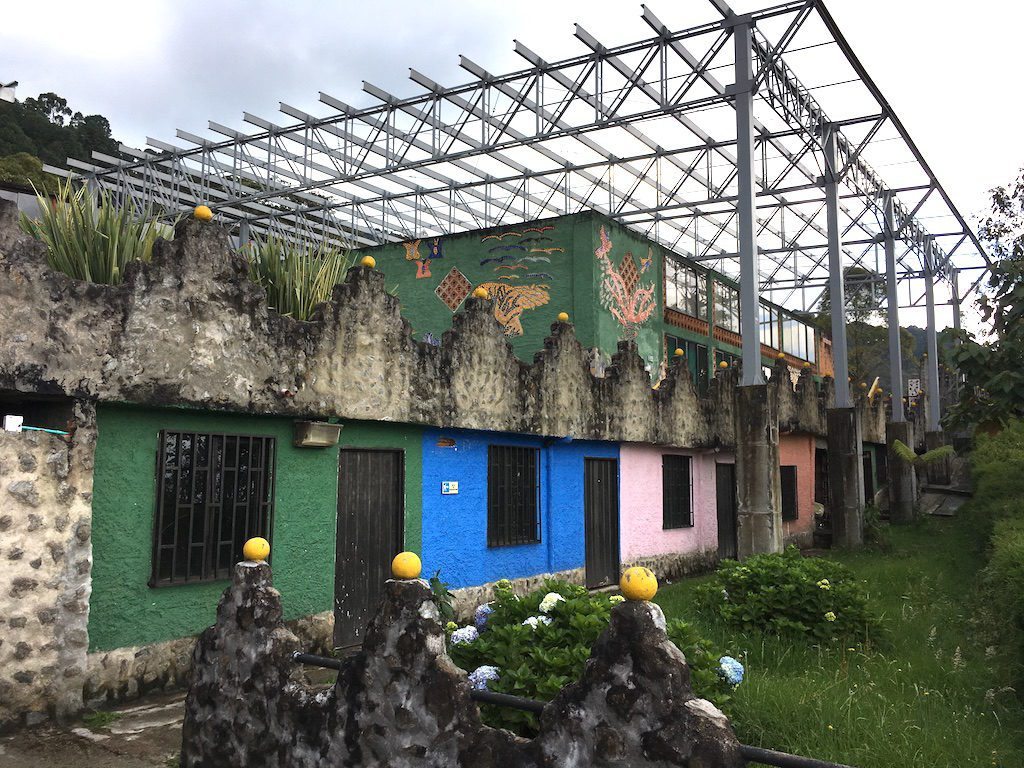
One of the buildings at La Catedral, the prison where Escobar lived for one and a half years
Pablo Escobar Tour: La Catedral (Escobar’s Prison)
Next, we took a long drive out of town and found ourselves winding up a switchback, road pretty much in the countryside, to reach La Catedral.
La Catedral is the prison that housed Escobar between 1991 and his escape a year and half later in 1992. Escobar was allowed to design the prison, which in fact was more like a private resort that including such amenities as a football pitch, bar, and Jacuzzi all in sumptuous design.
Much like the Monaco Building, ‘Hotel Escobar’ (as it was often called), has been met with decay. Part of the facilities are now used as a retirement home, but the other areas are literally crumbling to the ground.
In addition, the site includes a helicopter landing pad with breathtaking views over the city of Medellín.
Our guide told us about how Escobar escaped from the prison and some of the salacious actives that happened while he was living there.

Escobar’s Grave adorned with flowers during a visit in August 2017
Pablo Escobar Tour: Escobar’s Grave
The third stop on the tour was to see Pablo Escobar’s grave. His grave is a very nondescript, quite low-key headstone in Cemetario Jardines Montesacro.
He is buried alongside his parents and a few children. On the day I went in August last year, it was adorned with flowers, but I know that at other times it has been left bare.

Escobar’s Grave showing wear with no flowers during a visit in January 2018
In January 2018, there were no flowers and the site is showing some wear. Escobar’s headstone is worn on the lower part. Also, there was a tile missing below the head stone, which may have been taken by a tourist.
Pablo Escobar Tour: Where He Was Shot
The final stop on the tour was to see the roof of the building where he was shot dead. He died on 2 December 1993 after his hiding place was discovered and members of Search Bloc forced him out into the open.
There is much debate on whose gun fired the shot that killed Escobar, but picture evidence proves that the roof we visited on the tour was indeed where he took his last breath.
The location is in a residential area of Medellín and now is owned by a business. You can find the location on the Internet relatively easily.
However, out of respect of the people who live in this area and the current business that resides there, I have chosen not to reveal its location or provide a picture.
Would I Recommend the Pablo Escobar Tour?
I found the tour fascinating and the facts that I learned on the tour helped me both understand how sensationalized the Narcos series was and also the magnitude of the operation that Escobar ran.
But on the flip side, during the whole tour I felt awkward. Like I was doing something that I shouldn’t.
It didn’t feel right to me to be ogling at the roof where he was shot or taking photos of his grave. Even as a small group, I somehow felt uncomfortable every time we got out of the car.
Although the tour provided me with a lot of knowledge and helped me understand the history of Medellín better, if felt I had tiptoed over a line I shouldn’t have crossed. So, whilst, I understand why individuals would want to go on the tour. I’m not sure I would recommend it. Not yet anyway.
I believe if you come back in 10 or 15 years’ time, maybe then enough time will have then passed to make a tour acceptable, but for now I feel that the history is still too recent and to raw in many individuals’ minds.
Seven Alternatives to a Pablo Escobar Tour
1. Hike to La Catedral
Escobar’s former prison – La Catedral – is perched high on hill in tropical rainforest. It is actually a beautiful spot in the Colombian countryside. And the views of Medellín from the helicopter pad are incredible.
However, instead of driving up there as part of a tour, I’d recommend joining a hike through the countryside that leads up to La Catedral. With this option, the main purpose of your time is hiking and enjoying Colombia’s nature and not just Instagramming the building.
Companies like La Ruta often offer hikes up to La Catedral.
2. Visit the Cemetario Jardines Montesacro
As for Escobar’s grave, you could just take the Medellín metro or a taxi out to the cemetery where he is buried on your own instead of going as a group tour.
Personally, I’ve always had an odd enjoyment of visiting cemeteries. I’ve always been intrigued at looking at a gravestone and wondering who that person was and what legacy they left behind.
One grave I saw in the grounds when I was there particularly garnered my attention and intrigue even more than Escobar’s. It was lovingly carpeted with fresh blue and white flowers, including a blue cross, but didn’t look like a new grave.
On reading the headstone I learned that it was of a boy, who died at the age of 21. Two days before I was there was the first anniversary of his death. This display was uncommon to what I’d find in American and the culture of it intrigued me.
If you too, decide to visit Escobar’s grave. Be sensitive. You may encounter a funeral. So, be respectful. Dress appropriately.
Remember that for you, these might just be graves, but for someone, the people buried there are being mourned and lost by someone, somewhere. Additionally, don’t just go to snap a photo of the graves of Escobar’s family. Wander around and appreciate the beauty.
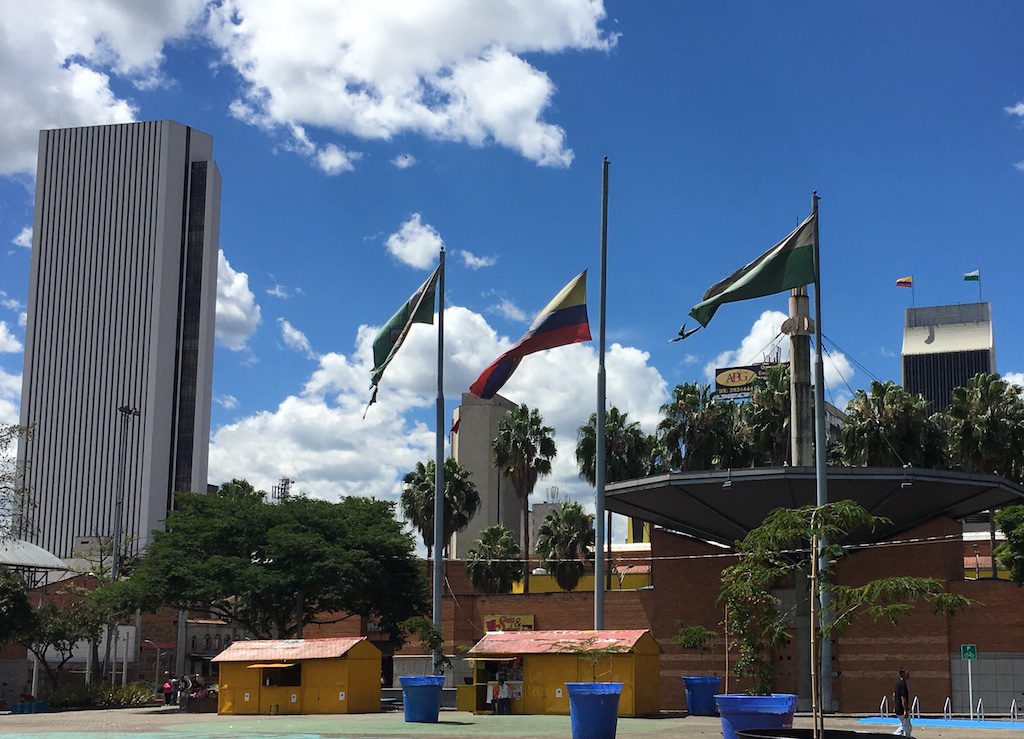
Torn flags in Parque San Antonio still fly at half mast in Medellín to honor and remember those who lost their lives in a bomb attack on 10 June 1995
3. Take a Free City Walking Tour
To get a less sensational perspective of the city’s history, then I would recommend taking the Real Free City Walking Tour. Not only is this tour free, but it gives you a broader history of the city of Medellín, without focusing solely on Escobar’s reign.
During this four-hour tour, you get to discover the (El Centro) of Medellín and explore its streets. The local guide brings the city to life through stories and explains many aspects of the tumultuous period during Escobar’s rule over the city.
Our article on the best walking tours in Medellín provides a more detailed description of what you can learn on this tour.

This street art image by Chota 13 located in Comuna 13 is said to represent hope
4. Take a Tour of Comuna 13
The barrio of Comuna 13 in Medellín used to be one of the most dangerous places in the world. A place where shootings were so common, that our tour guide told us that he used to have to step over dead bodies every morning on his way to school.
Today, this part of Medellín is thriving with graffiti art and even boasts a public escalator system in the middle of the barrio.
The local guides in this area, can tell you a broader history of Medellín, which can also answer some of your questions about Escobar and period of guerrilla warfare associated around narco trafficking.
Read our article about Comuna 13 and graffiti tours to find out more about the history of Medellín you can learn on this tour.
5. Visit the Museo Casa de la Memoria
And if you really want to feel the history, then the best place to go is Musuo Casa de la Memoria (Memory House Museum).
Here you can watch interviews of living individuals effected by the atrocities during the 80s and 90s.
And the room with all the photos of some of the individuals who were killed during this horrific period, really, more than anything I have visited in Medellín, brought the reality of this history to life to me.
Seeing those faces and hearing the stories of those still living affected me more than staring at the roof where Escobar was shot.

Painting by Fernando Botero depicts the moment when Escobar was shot dead on a roof in Medellín. Painting by Fernando Botero, Pablo Escobar Dead, 2006, photo by Jenny Bojinova
6. See Botero’s Escobar Paintings at the Museo de Antioquia
As for the residence where Escobar was shot, in my opinion, it’s really not worth going to.
To be honest, I felt incredibly self-conscious being there as if I was standing over a recent crime scene taking photos of a place that had nothing to do with me. It just felt odd. It seemed to cross the line into sensationalism for me.
Instead, go to the Museo de Antioquia in El Centro, where on the third floor there is a small room of paintings by Medellín artist Fernando Botero, which depicts various scenes of Escobar’s life.
These paintings are still considered controversial by some. However, I believe viewing an art piece of the scene is not a macabre act.
7. Take an Online NarcoTour
A group of journalistic students from EAFIT University have started an ambitious project to tell the story of Pablo Escobar from the victim’s point of view.
Their online NarcoTour talks about many places on the foreigner’s Pablo Escobar tour – like Escobar’s grave and La Catedral – but the story is told through the voices of the victims and the witnesses during that time period.
The extensive website includes photos, interviews and video footage to help you explore the history without leaving your home.
Tours in Medellín
We have covered several different tours in Medellín:
- Two of the best walking tours in Medellín – walking tours are one of the best ways to explore Medellín, especially a tour of El Centro by Real City Tours.
- Self-Guided Metro Tour: A City Tour of Medellin – a self-guided tour of Medellin using the Medellín Metro system.
- Graffiti Tour of Comuna 13 – a community that has been transformed by improved accessibility, street art and community solidarity.
- La Sierra Tours tours – in the La Sierra barrio in Medellín – this community is being transformed with improved accessibility and investment.
- Pablo Escobar Tours – is a controversial Escobar tour worth going on? We do not recommend or endorse activities that appear to glorify Escobar.
- Urban Coffee Tour – a coffee tour in Medellín.
We also provided a recommended tourist itinerary for a day in Medellín.
The Bottom Line: Taking a Pablo Escobar Tour
Pablo Escobar fascinates many tourists who visit Medellín. The Narcos series has heightened that intrigue even more. I get it. I really do.
But as guests in this country, I feel that we must be respectful of the locals wishes, of whose city we are visiting, and refrain from engaging in activities that appear to glorify Escobar.
Many people are still healing from this painful past. We must understand that for some Escobar was a hero and for some he was a villain. And no matter what an individual felt about this man, they were affected by him. The history is still too recent.
If still, your curiosity gets the better of you, and you MUST still go on a Pablo Escobar Tour then be considerate. Find a reputable guide that will tell you the facts and not just a sensationalized story.
Try to do a Pablo Escobar Tour in a small group of only two or three people. And please, avoid the selfies in front of the landmarks.
Sign up for the Free Medellin Guru Newsletter – You can see all of the previous Medellin Guru weekly email newsletters and sign up here.
Editors note: updated on September 30, 2018 to add additional Pablo Escobar tours available.
Editors note: updated on February 23, 2018 to add information that Pablo Escobar’s former home – the Monaco Building – was demolished on February 22. In its place the city is building a memorial park to honor the victims of his drug cartel’s crimes.


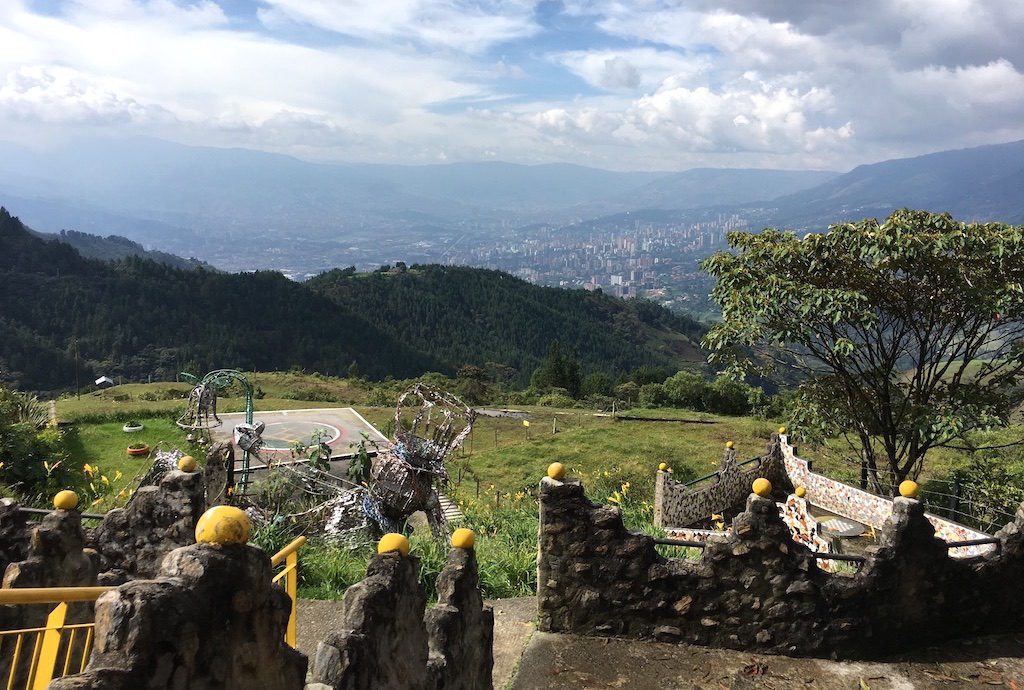
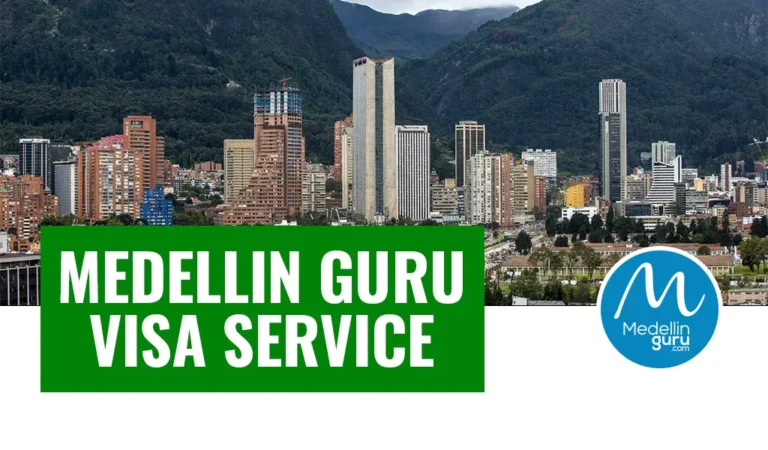
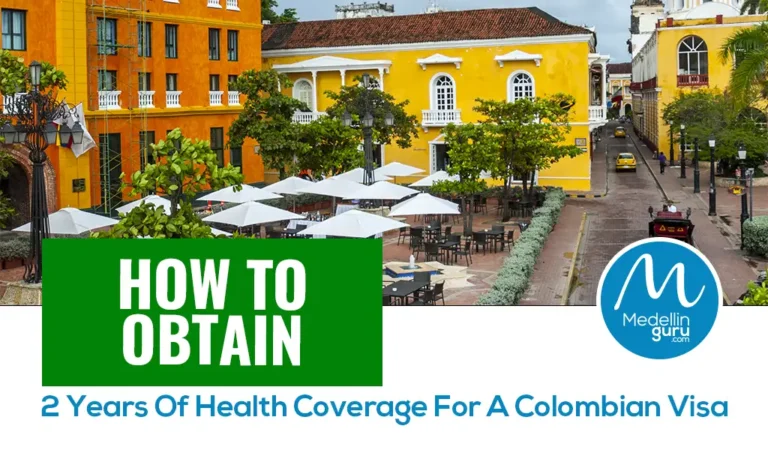




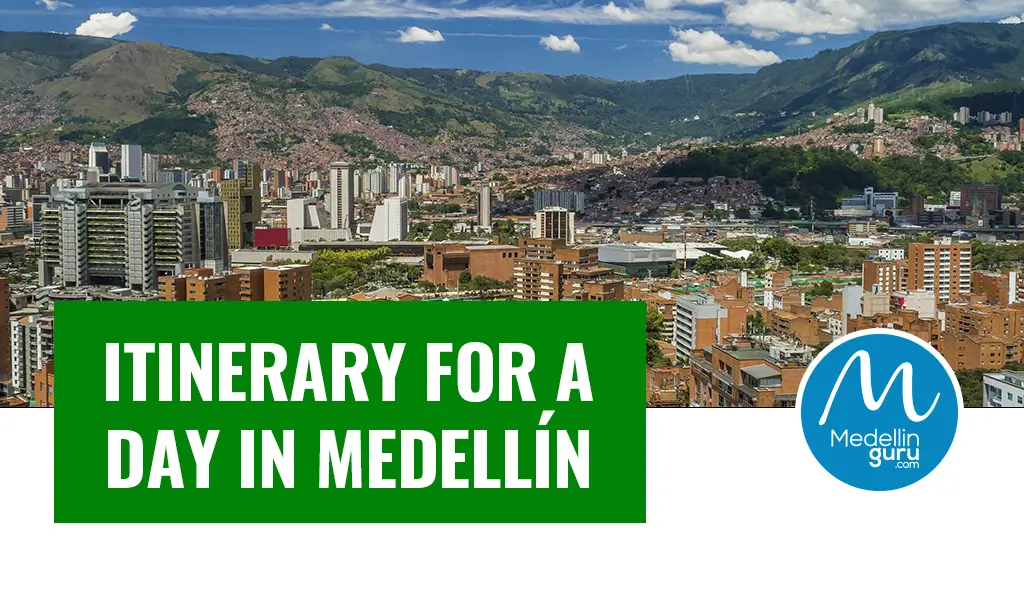

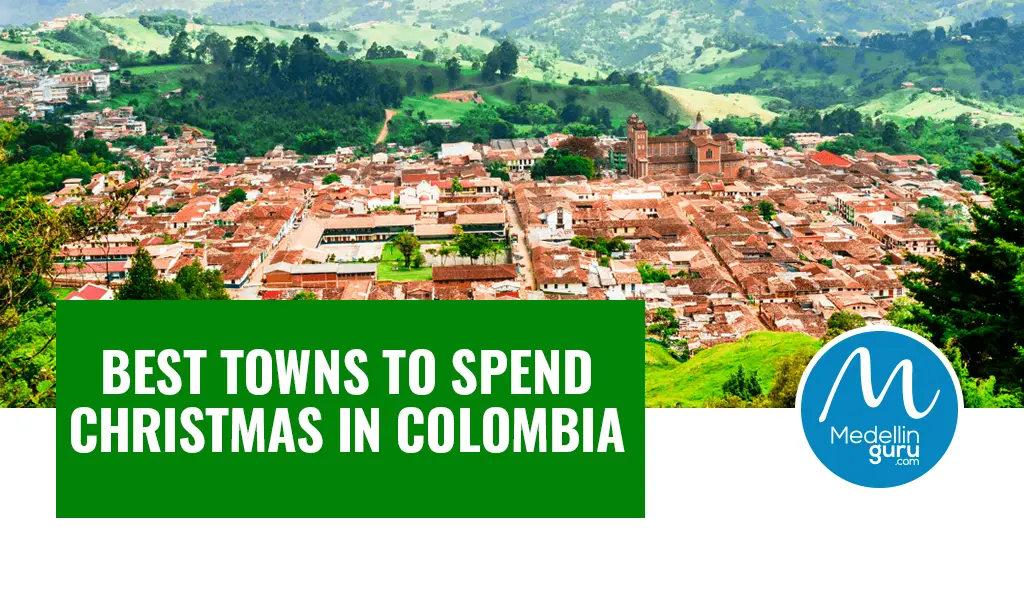
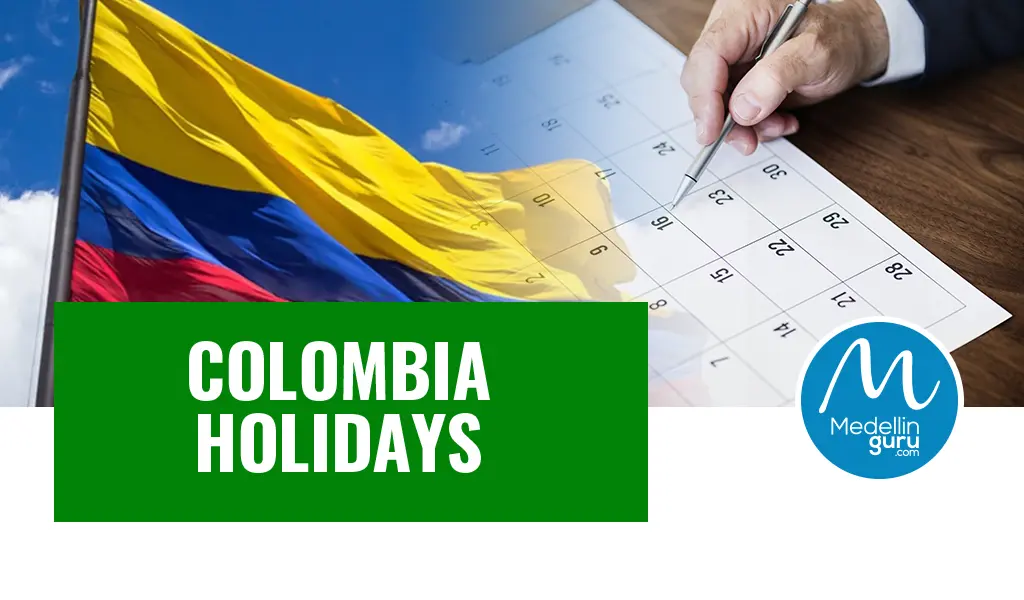
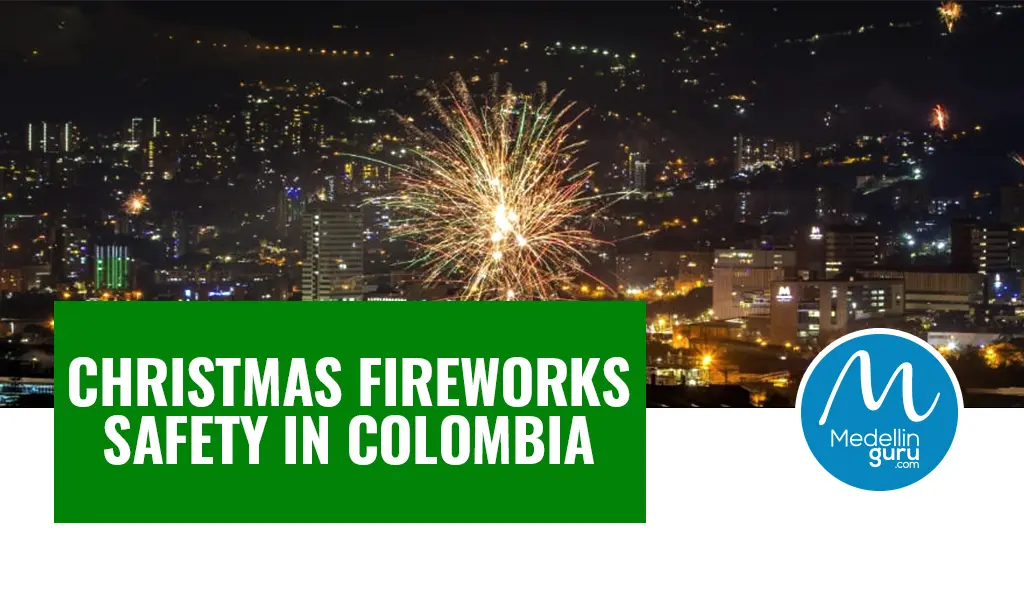


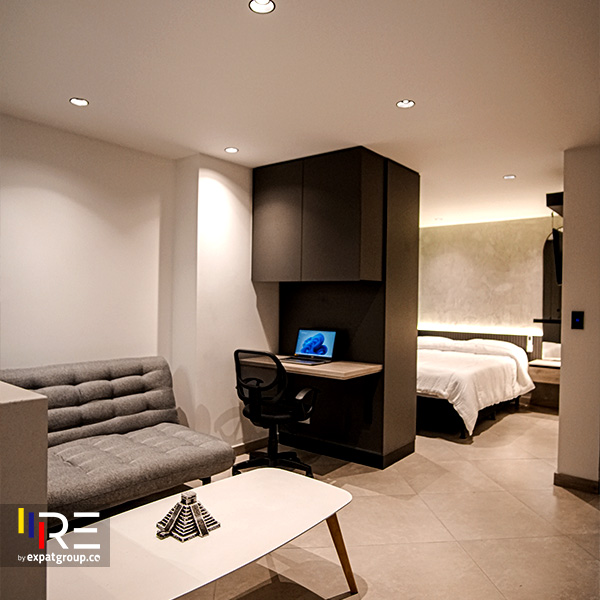

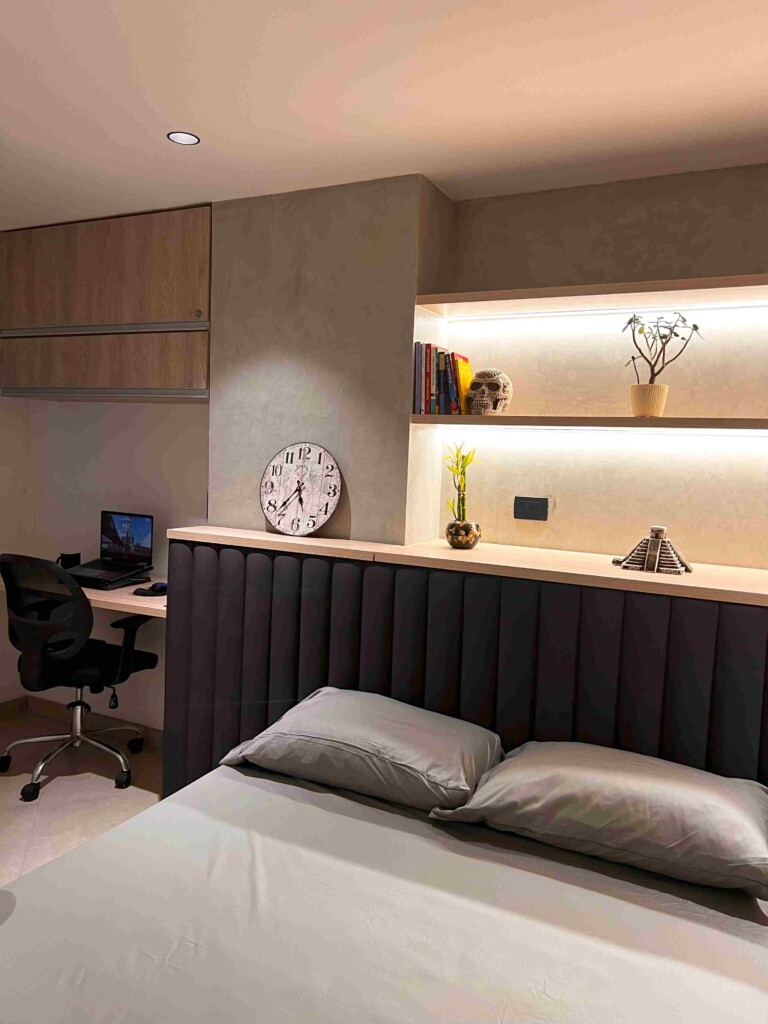




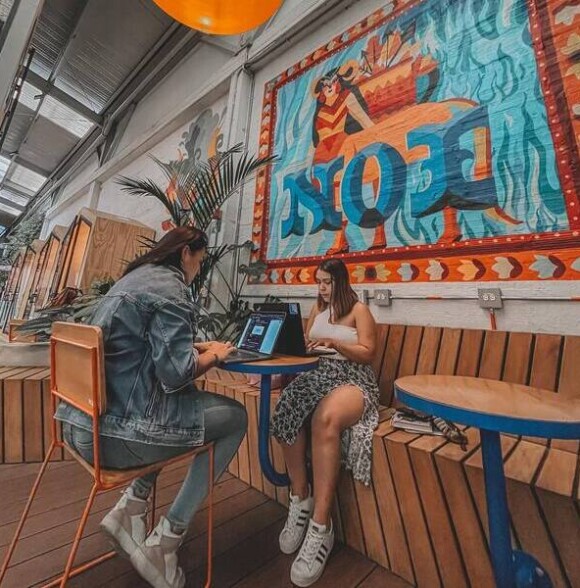

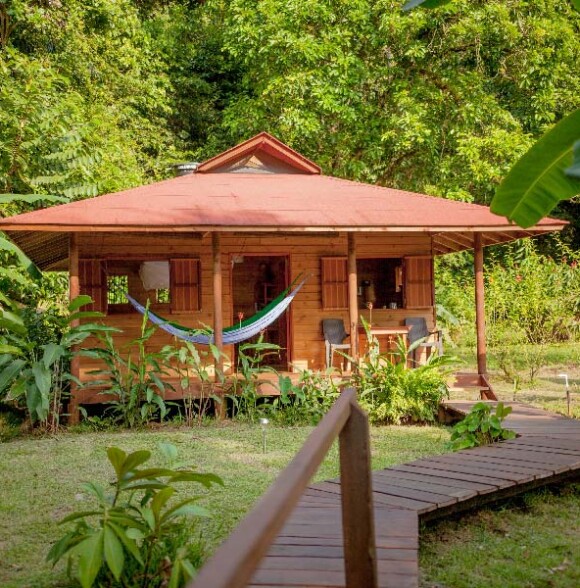

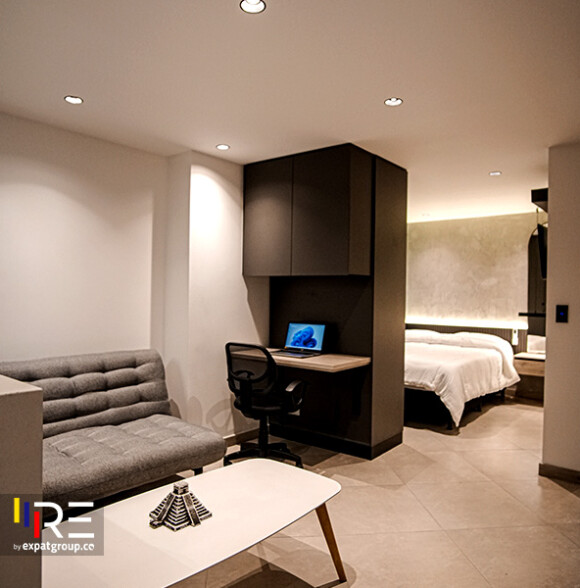





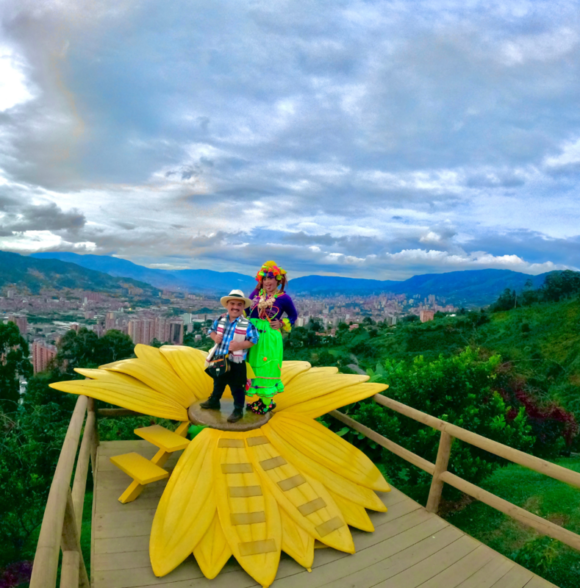


13 thoughts on “Pablo Escobar Tour: Is a Controversial Tour Worth Going On?”
Nice article, I agree with others that it is sad to see that Escobar tours exist. There definitely are so many more worthwhile things to see and do in Medellin.
Whilst I understand this is a controversial area there is an opportunity here to highlight that Medellin is now a safe place to visit – and that the world of Pablo Escobar is long over. Alas, there is not much that can be done to change the curiosity of people. What is key is to make sure that positive messages are delivered about the wonderful Medellin as part of that experience.
I’m not sure if I’m going to take the tour but I want to know more about how Escobar impacts in Medellin. I feel that there is still an ambiguous attitude and not very clear about it, being more inclined to deny history and want to erase it or ignore it than anything else. Pablo Escobar did not arrive from Mars, so that he existed there had to be a favorable social situation for him to develop it, both in Colombia and in the rest of the world because we must not forget that the drug he produced was sold all over the world. Latin America has suffered violence in different times and forms. From the companies that exploited it to the bloody military governments that governed them and each nation lives that history in a different way, seeing how it remembers allows me to understand that people much more.
We did a tour by an ex-cop – his commentary was a very interesting and real version of this tour. I think there are more respectful ways to do this tour, and disrespectful ways to do it (ie. going on a tour that makes you shout COCAINE! for the group shot)
http://modernmixtravel.com/2018/03/08/pablo-escobar-tour-in-medellin-with-carlos-the-ex-cop/
Great post! Very informative. We did the Free Walking tour and it was awesome! The tour is not to be missed!
Can’t remember the tour guys name but there were around 28 people and we sat and he explained a lot of history and called all our names without looking at any papers. A genius!.
I would be interested to hear more from the author about what she found to be exaggerated half truths in the Narcos series.
This topic remains controversial even among foreigners. As I stated in another comment on this topic here at Medellin Guru, I took one of these tours a few months ago. Unlike the author, I thoroughly enjoyed it and felt absolutely no guilt/shame in doing so. I admit to becoming increasing annoyed at some who feel that history is best interpreted through revisionist lens. As if somehow we’re children unable to grasp the worst of our own despotic natures. The thinking being that by not going on such tours the painful memories will just go away. After all, we don’t wish to offend do we?
I have sobering news for all of the children: Escobar existed. His memory and evil actions won’t magically go away because you wish it to.
It happened like all the other atrocities committed by people in power since the dawn of time. Narcos or not, Pablo Escobar is a historical figure. He is neither a shadow nor a poltergeist. There are consequences to allowing evil men like Escobar to rise to such prominence. These consequences are still being dealt with years after the fact. It says a lot about the people themselves than it does Escobar. These are lessons we all must learn; hiding from your past is no way to build upon your future. Understandably, The good people of Colombia want to exempt themselves from these lessons but other people from other lands are desperate to know, “Who was this man that he could get away with so much evil?” A wise and patient teacher would not be offended by such questions unlike so many here.
Lastly, the author states that it’s our “responsibility” to tell the true story of Colombia. To tell of the them of all the great things going on there…absent Escobar of course. No ma’am, it’s not OUR responsibility, it’s the Colombians themselves who should define who and what they are. As I stated in comment section from another recent Escobar article on this site:
“Every tourist I met was in awe of this beautiful city. The parks, shops, malls, restaurants, nightlife and especially the people were topics of discussion, not Escobar. If they come for Escobar then let them come. When they leave, Escobar will be the furthest from their thoughts.”
That is how you defeat the ghost of Escobar.
Very well said and totally agree with:
“Every tourist I met was in awe of this beautiful city. The parks, shops, malls, restaurants, nightlife and especially the people were topics of discussion, not Escobar. If they come for Escobar then let them come. When they leave, Escobar will be the furthest from their thoughts….. That is how you defeat the ghost of Escobar.”
I am an Englishman married to a Paisa, I lived in Envigado for two years. I have never felt any desire to visit Monaco, El Catedral, Escobar’s tomb, the site of his death etc. My wife’s family and friends were directly affected by the cartel, including several murders… not to mention the general feeling of fear while trying to go about your daily life.
Escobar tours are not cool. Anyone who believes they will get the “true” story from one of the guides or at Roberto Escobar’s “museum” (where he will give your entrance fee to charity – honestly, no, he really will, trust him) needs a serious reality check. If dumb gringos pay then they will exist, if they stop the tours will stop (just as cocaine production will continue/stop if people continue/stop snorting the stuff).
Colombians do not want to air-brush this period from their history or exempt themselves from any responsibility to learn from/teach the lessons of this period nor are they afraid to confront it. They just want people to stop celebrating it. I asked my brother-in-law last week what the people of Medellin/Envigado make of the Narcos series last week. He told me “estamos mamado” (paraphrasing: we are effing bored of people glorifying/celebrating this story).
While I agree Escobar casts a big shadow over the story of Medellin, it really isn’t necessary to see any of these places to understand Medellin’s history. If you want to understand more of the story forget the hyped-up tours and go to El Museo Casa de la Memoria instead… but it won’t make you happy, you won’t send smiling photos to your friends and you won’t boast about it on social media.
I agree with only visiting the El Museo Casa De La Memoria (its free and very easy to get too) You will learn all you need to know about Pablo Escobar the evil empire he established along with all the fear and violence. Listen to the stories of the people in the videos that lived through that period.(videos are sub-titled in English.} You have to remember that there are two generations today that had to live during that violence and many lost family and friends. I know two families that lost sons and brothers during that time, and are unwilling to talk about it for the hate and pain it brings to them.
After the El Museo Casa De La Memoria then perhaps take the Comuna 13 tour. This illustrates what the Government did to help and change one of the most dangerous neighborhoods, providing hope of a future to the youth and elders. Then think about how programs like these could help the dangerous neighborhoods in major cities back home (USA). Rather then just giving them a check every month.
Don’t forget that a producer of the ” Narcos Series ” was murdered in Mexico while scouting for a shooting locations. Netfix only produced this series for profit, do you think any of it of that money went towards the Memorial Museum. American business don’t care who’s toes that step on, so long as they make a profit. For all those who live here you should be able to see the difference between American business practices and Colombian business practices. That could be one of the reasons you live here.
Out of respect for all the victims there is no way I would ever want to go on a Pablo Escobar tour. It is so sad to see that these Escobar tours even exist. There are so many other more worthwhile things to see and do in Medellin.
Thanks very nice article. I am very disappointed to see the interest of tourists in Pablo Escobar tours. There is no way I would want to visit the site where this criminal lived or his jail and even less this horrible person´s grave.